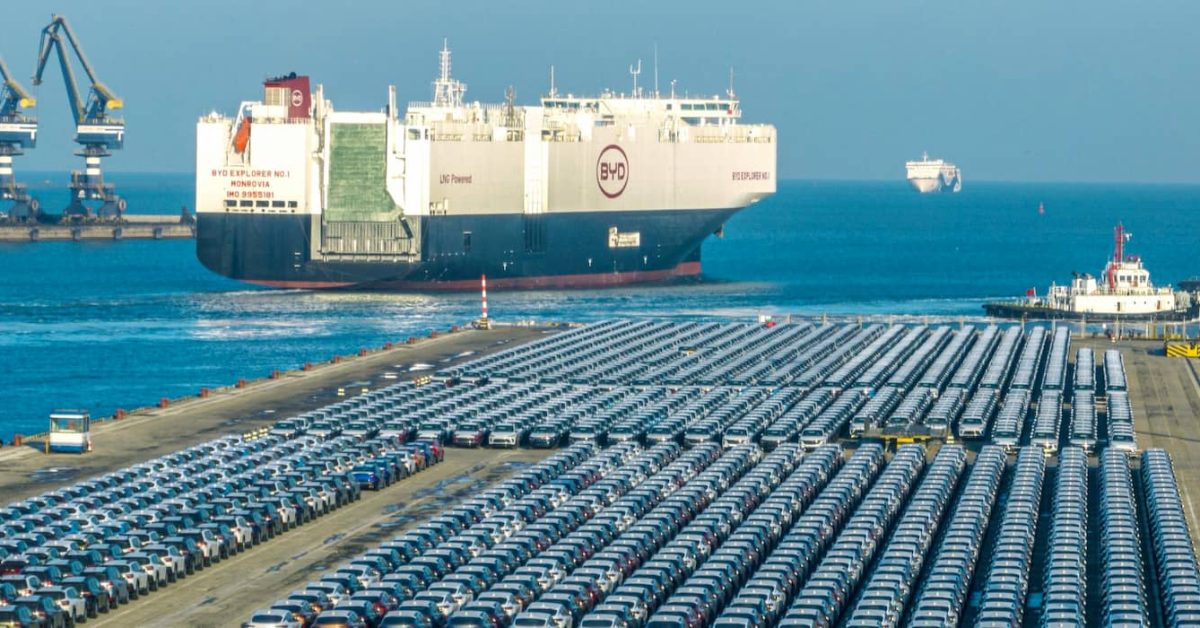Chinese automakers are aiming to more than double their full-process manufacturing capacity outside of China, all in hopes of beating out import tariffs on Chinese-made vehicles and meeting demand for EVs, according to a report from Bloomberg.
Bloomberg reports that Chinese carmakers are set to boost annual production capacity in foreign plants from 1.2 million vehicles in 2023 to more than 2.7 million by 2026.
As the US, the European Union, and Turkey are set to impose tariffs, Chinese companies are pouring tons of investments into full-process manufacturing – which involves all four major steps in auto production, from stamping, welding, painting, and final assembly, according to the report. While expensive to build, it has high-production capacity compared to knock-down assembly, where key parts of cars are made in China, for example, and then shipped overseas for assembly.
“As the electric vehicle market in China saturates, increasing domestic competition and overcapacity are pushing Chinese EV brands abroad in search of new growth markets,” Bloomberg said in the report.
In total, Chinese automakers have built full-process manufacturing plants in nine countries, with an annual production capacity of 1.2 million vehicles as of 2023. But that will double to 2.7 million units over a dozen countries by 2026 “if company announcements are all delivered on time,” Bloomberg reports.
BYD along with Chinese state-backed Chery, Changan, GAC, and SAIC have announced 10 new or expansion projects for their overseas plants, namely in Thailand, Indonesia, and Brazil, from 2023 to the end of August. Of course, China automakers are expanding all over the world, with BYD and Geely-owned Volvo driving the expansion in Europe. BYD is building a plant in Hungary with another announced for Turkey, which gives it access to the EU. Spain, Italy, and Poland are pursuing investments, with Geely, Dongfeng, and Xpend reportedly looking for locations for future plants in Europe.



this is going to work.
focusing on creative technological development is not panning out, but if they focus on production capacity, like they have been with solar, those are the sectors in which China can still maintain an edge.